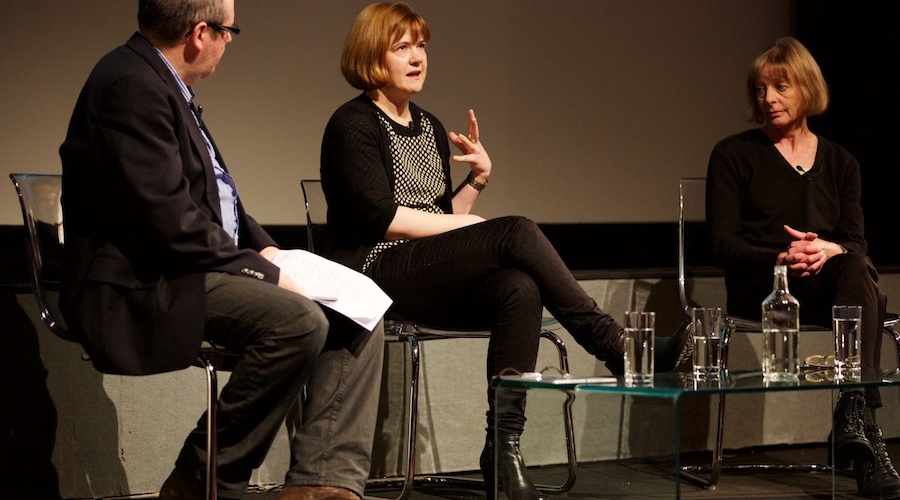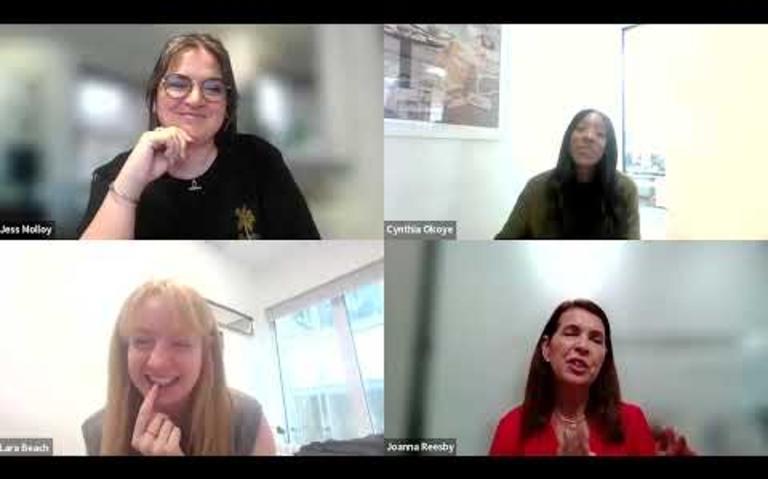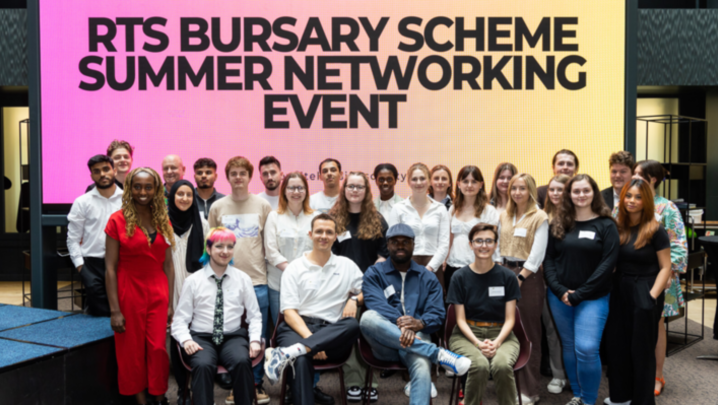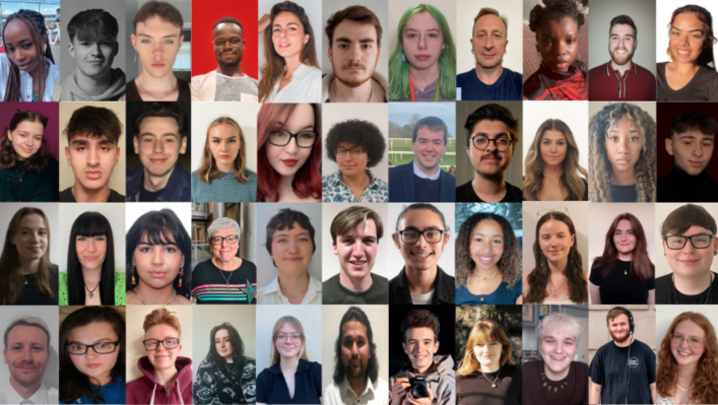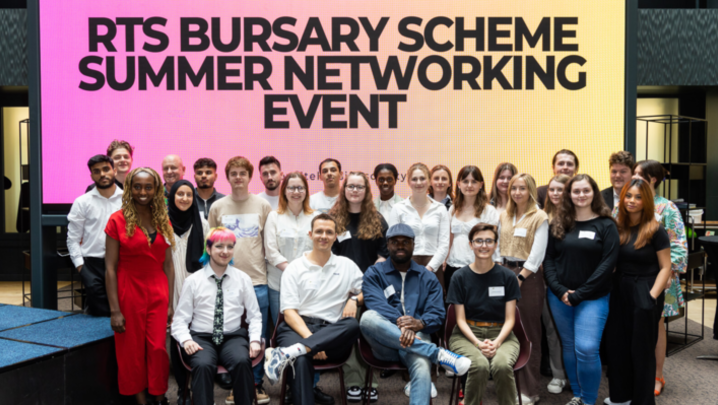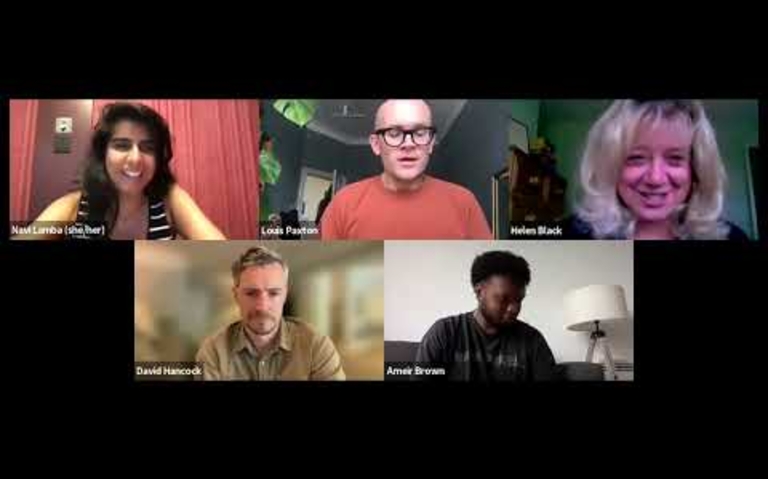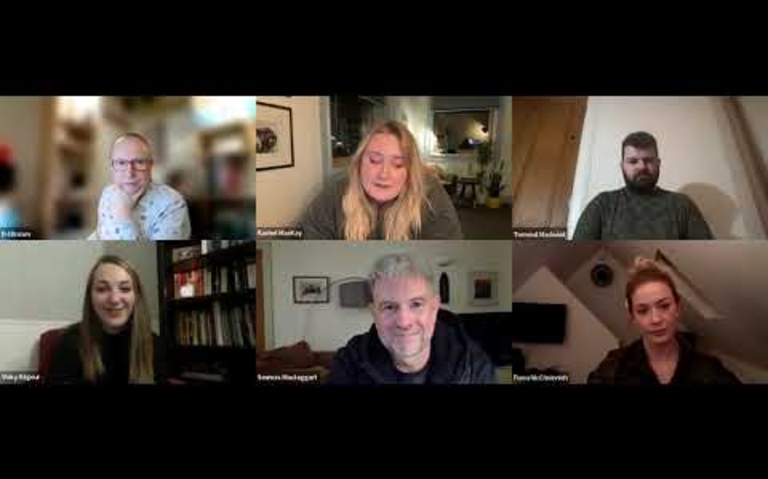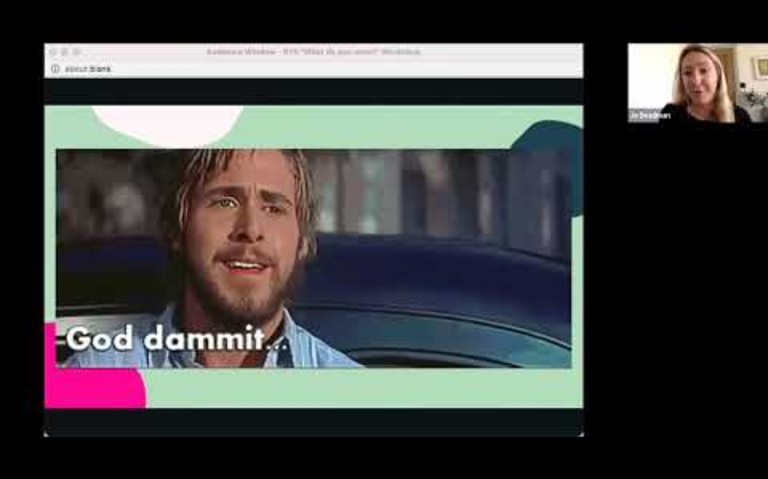Producers and editors adding camera work to their skills and the impact of new technology were key themes in this masterclass session on being a camera operator.
Self-shooting Series Producer Kristin Hadland, who began her career as a reporter, then moved into editing and producing at the BBC, said that learning to use a camera “gave me an enormous amount of freedom”.
She explained: “I was always depending on a camera operator. That was fine, but when you can shoot your own, you're getting exactly what you want to get… you don’t have to rely on anyone else.
“It's that intimacy and control that is so brilliant about shooting my own material.”
RTS Yorkshire award-winner Hadland got her first taste of self-shooting on the BBC One daytime series Helicopter Heroes.
An old colleague of hers asked her to work on the show, but she had never shot anything before for broadcast. However, there was only room for one person in the helicopters, so the BBC Academy gave her some training in using digital cameras.
It was a fast learning curve: “The brilliant thing about the show is that you just have to get on with it, you can't stop. You can’t say to a medic, could you just re-administer that life-saving thing again.”
Hadland admitted that sometimes she missed things, as the little Go-Pro remote control cameras inside the helicopter were quite temperamental due to the vibration of the blades.
Self-shooting on such a show could present lots of things to cope with at the same time, such as dealing with the police. “I made all my mistakes on Helicopter Heroes,” said Hadland – including forgetting to clip in and out the different microphones during busy incidents.
Other tips she gave included: try to remember to keep the camera on a shot until there is a good place to cut, such as someone walking out of frame, while thinking of what the next shot might be during an emergency.
“You are doing a lot of jobs all at the same time, but it's a brilliant place to learn,” said Hadland.
Another benefit of self-shooting is being able to be less intrusive. This stood her in good stead filming BBC Two series Children's Emergency Rescue, which involved a difficult sequence shooting a heart operation on a tiny baby.
Having just one person on a shoot means those being filmed only have to build up a relationship with one person, rather than a crew.
“In terms of the intimacy, it is not about size of camera, it's about the relationship with the people you're filming – whether they want you to be there. You melt out the way,” said Hadland.
In Australia, she followed the victims of a car crash to hospital, where staff “left me to carry on filming… after the PR spoke to them, they forgot I was there.”
The important thing is that “you don't get in the way… you've just got to be nimble” and remember that the film’s protagonists are doing a job.
Director of Photography Sue Gibson said she works in a completely different environment: “I come from the world of make believe.”
She said that during her 31-year career her main inspiration has been to create “beautifully-lit shots.”
Gibson spoke about the changes in technology during her career – from film through to ultra high-definition 4K cameras and programmes. She illustrated some of the issues she has faced with a clip from her work on hit BBC drama Spooks and ITV drama Lewis.
Gibson said that for a tricky scene in Lewis, set in a church in Oxford, she had just a day to get it right as the production team had only a week in the city out of the entire three-week shoot.
She stressed the importance of planning and of watching the weather. “We had been shooting around the quad in the morning. And in the afternoon, as the light was going, we went into the church. I particularly chose that time of day so that the light would be in the right place and not fighting whatever God had decided to do outside.”
Gibson ran through how she works on a project. She begins by reading the script and deciding if she wants to work on it. She then meets the director and producer: “From there, we decide to work together. A lot of it is about personality.”
Next is the recce, though “these days, we spend less time recce’ing”.
Once a location is decided on, the key crew meet on site to discuss where lights, cranes or underwater housings should go. “It seems to me, the bigger the budget, the more planning you do,” she noted.
Gibson said that once the line producer or producer gives her the budget, decisions can be made about how much will be spent on such things as cameras and lighting. “I’m in a happy world in that I don’t have to do the sums myself. I say, ‘This is what I want’. Nine times out of 10 I’m told I can’t have that… it’s always a compromise. I always say that film-making is a series of compromises… you have to cut your coat according to your cloth.”
She was quizzed by students about how many cameras are used in a regular shoot and replied: “We like to have two cameras available at all times, which is not to say we shoot on them all at the same time.
“Most of the time, because schedules are getting shorter and shorter, I tend to work with a camera operator who can also do Steadycam, so we can have both all of the time.”
Gibson was also asked about using pull focus. She said students should be aware that it is a “creative role”, but is becoming a bit of an issue with digital cameras that “have such precise points of focus” compared with the old days of film, with its “more gentle drop off in focus”.
She said cameras would continue to evolve, and pointed out that demand in China for 4K television means 4K filming would inevitably grow: “It's going to happen, we cannot deny it. I come from a world where film was the only format when I started in my career. I have been through the whole range of cameras that changed into digital cameras.”
Both Gibson and Hadland agreed that for anyone wanting to get into camerawork the most important thing was to be enthusiastic and take an interest. Hadland said a recent applicant she interviewed had not even Googled her to find out what she had worked on.
“Be as good as you can be in whatever job you are doing, even if you are making tea,” advised Gibson. “If you do it with bad grace people, will think she's not interested. If you take an interest in what everyone else is doing and are perceptive, you will go far.”
The speakers at the Craft Skills Masterclass: Camera were: Kristin Hadland, self-shooting Series Producer, and Sue Gibson, Director of Photography. The session was chaired by Rick Goodwin, Producer/Director, and produced by Helen Scott. The RTS Craft Skills Masterclasses were held at the BFI in London on 25 November.
Report by Tara Conlan

